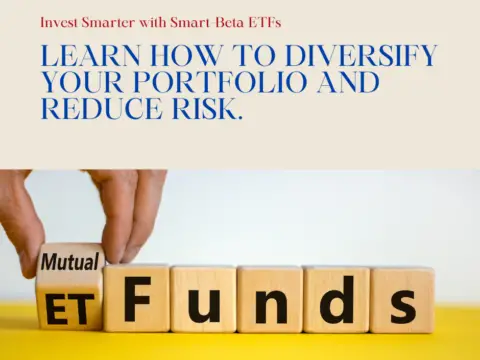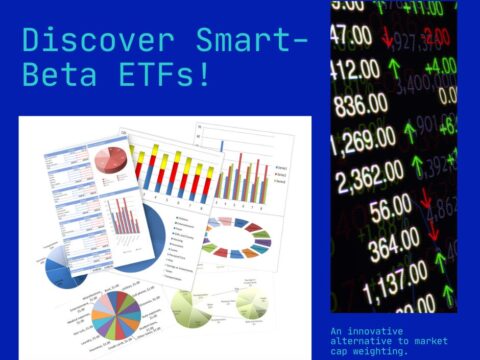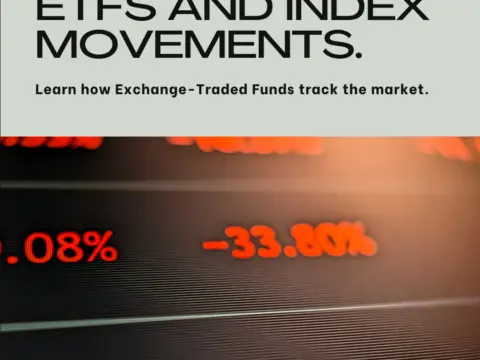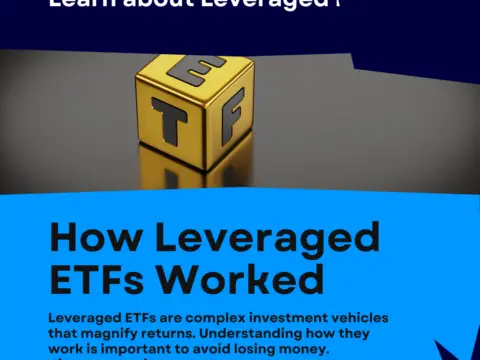ETFs (Exchange-Traded Funds) and Mutual Funds are two popular investment vehicles that offer investors diverse options for building investment portfolios and participating in the global financial markets. Understanding the differences between these two investment options is crucial for investors to make informed decisions about portfolio diversification, risk management, and long-term investment strategies within the dynamic and ever-evolving landscape of investment management and financial planning. In this comparative analysis, we delve into the fundamental differences between ETFs and Mutual Funds, exploring their structures, investment features, and comparative advantages within the global investment landscape.
Differentiating ETFs and Mutual Funds:
Exploring Structural Variances and Operational Mechanics Differentiating ETFs and Mutual Funds entails exploring their structural variances and operational mechanics, which define their unique characteristics, investment strategies, and performance dynamics within the global investment marketplace. By examining the differences in how ETFs and Mutual Funds are traded, managed, and structured, investors can gain insights into the distinctions between these investment vehicles, including their liquidity, transparency, and cost structures, thereby fostering a comprehensive understanding of how ETFs and Mutual Funds operate within the global landscape of investment management and diversified portfolio construction.
Comparing Investment Features and Portfolio Diversification Strategies:
ETFs and Mutual Funds as Tools for Building Diverse Investment Portfolios Comparing investment features and portfolio diversification strategies between ETFs and Mutual Funds involves evaluating their respective roles in building diverse investment portfolios, managing investment risks, and optimizing long-term investment performance within the global investment landscape. By analyzing the investment features of ETFs and Mutual Funds, such as intraday trading liquidity, passive and active management strategies, and diversified asset allocation models, investors can assess how these investment vehicles contribute to portfolio diversification, risk management, and the attainment of investment objectives that align with their risk tolerance, financial goals, and long-term investment horizons within the dynamic and interconnected world of global finance and investment management.
Assessing Cost Structures and Expense Ratios:
ETFs and Mutual Funds as Vehicles for Cost-Effective Portfolio Management Solutions Assessing cost structures and expense ratios is essential for investors to evaluate the cost-effectiveness of ETFs and Mutual Funds as vehicles for portfolio management solutions that optimize investment efficiency, minimize operating expenses, and maximize returns within the global investment landscape. By examining the expense ratios, management fees, and operational costs associated with ETFs and Mutual Funds, investors can make informed decisions about cost-effective portfolio management strategies, investment planning, and long-term wealth accumulation that prioritize financial efficiency, investment sustainability, and the optimization of investment returns within the dynamic and ever-evolving world of global finance and investment management.
Evaluating Tax Efficiency and Capital Gains Distributions:
ETFs and Mutual Funds as Instruments for Tax Planning and Investment Optimization Evaluating tax efficiency and capital gains distributions involves assessing how ETFs and Mutual Funds contribute to tax planning, capital gains management, and investment optimization strategies that minimize tax liabilities and maximize after-tax returns within the global investment landscape. By understanding the tax implications of ETFs and Mutual Funds, including their capital gains distributions, tax-deferred investment options, and tax-efficient investment structures, investors can incorporate tax planning strategies into their investment decisions, optimize their after-tax returns, and foster a tax-efficient investment approach that aligns with their financial goals, tax planning objectives, and long-term wealth management strategies within the dynamic and ever-evolving world of global finance and investment management.
The Future of ETFs and Mutual Funds:
Innovations and Collaborative Investment Ecosystems for Global Portfolio Diversification Looking ahead, the future of ETFs and Mutual Funds holds promising opportunities for continued innovations, collaborative investment ecosystems, and the integration of ETF and Mutual Fund-driven solutions that redefine the future of diversified portfolio construction, global investment strategies, and the global investment landscape. By fostering cross-industry collaborations, advocating for regulatory compliance, and promoting investor education and awareness, the investment community can harness the transformative power of ETFs and Mutual Funds to shape a future where diversified investment portfolios, innovative investment strategies, and collaborative investment ecosystems converge to create a dynamic and resilient investment environment that transcends the limitations of traditional investment vehicles and fosters sustainable financial practices on a global scale.




